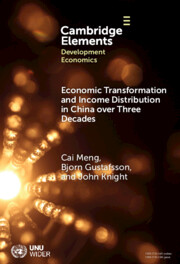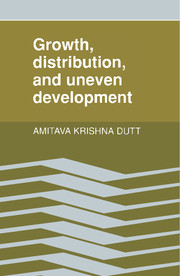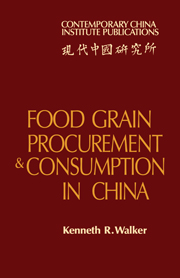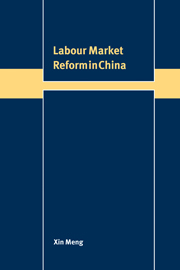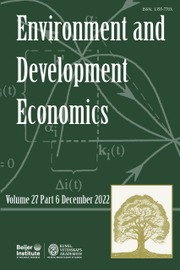Economic Transformation and Income Distribution in China over Three Decades
It is arguable that the most important event in the world economy in recent decades has been the rise of China, from being on a par with Sub Sahara Africa at the start of economic reform to being an economic superpower today. That rise remains under-researched. Moreover, the great structural changes which accompanied economic growth require examination. The nationally representative China Household Income Project (CHIP) surveys, conducted for the years 1988, 1995, 2002, 2007, 2013, and 2018, permit a detailed examination of many important aspects of a country's economic development. Much of the analysis of this Element is closely related to, and largely caused by, China's remarkable economic growth and income distribution over the thirty years. This title is also available as Open Access on Cambridge Core.
Product details
November 2023Hardback
9781009467933
75 pages
235 × 165 × 11 mm
0.266kg
Available
Table of Contents
- 1. Introduction
- 2. Why has China grown so fast?
- 3. Rural development: from being farmer to work as wage earner or self-employed
- 4. The Labour Market and Economic Reform: from Labour System to Labour Market
- 5. The Labour Market and Migration: from Labour Surplus to Labour Scarcity
- 6. Public revenues, expenditures and inequality
- 7. The urban-rural gap and the changed distribution of income and wealth
- 8. The development of Inequality of Opportunities and Poverty
- 9. Inequality by gender and ethnicity
- 10. The growth of China's middle class
- 11. Summary and Conclusions
- Appendix.

